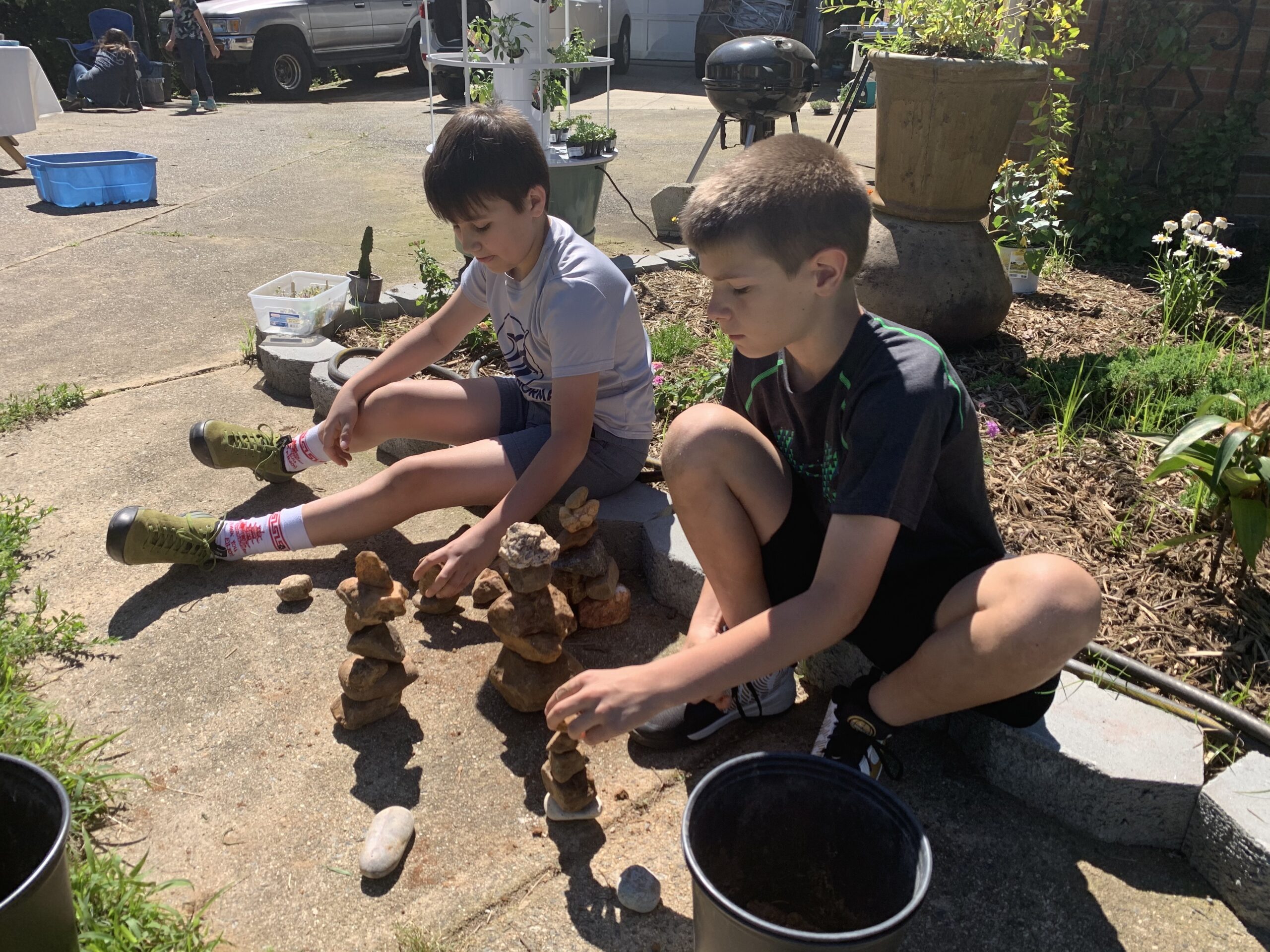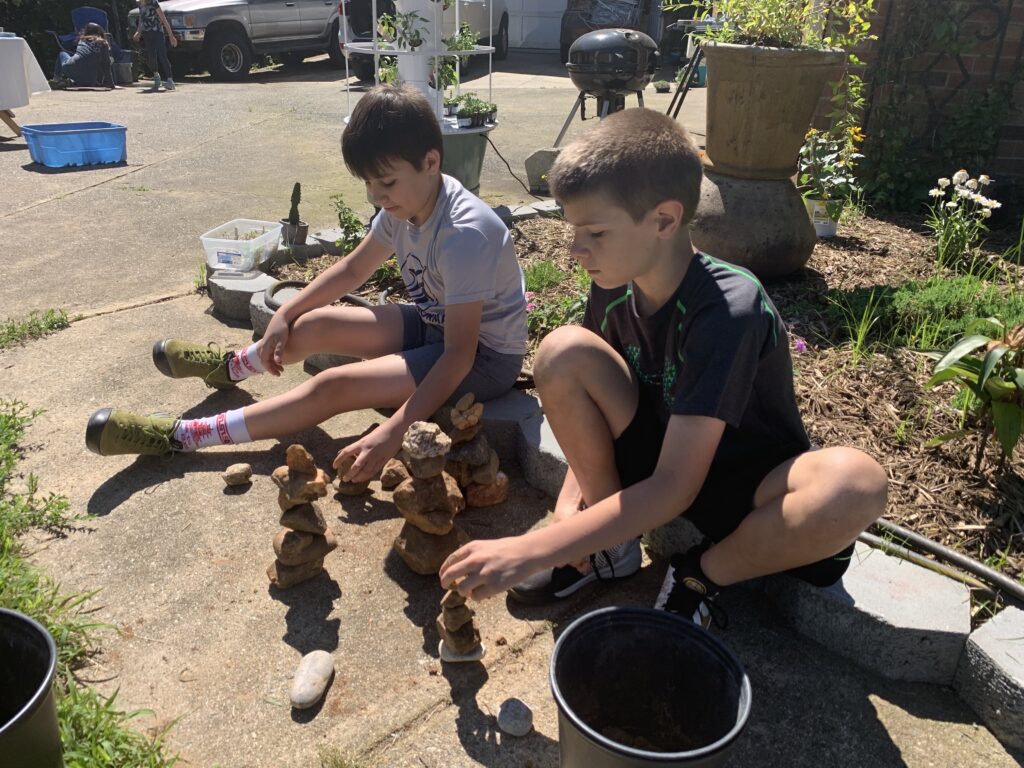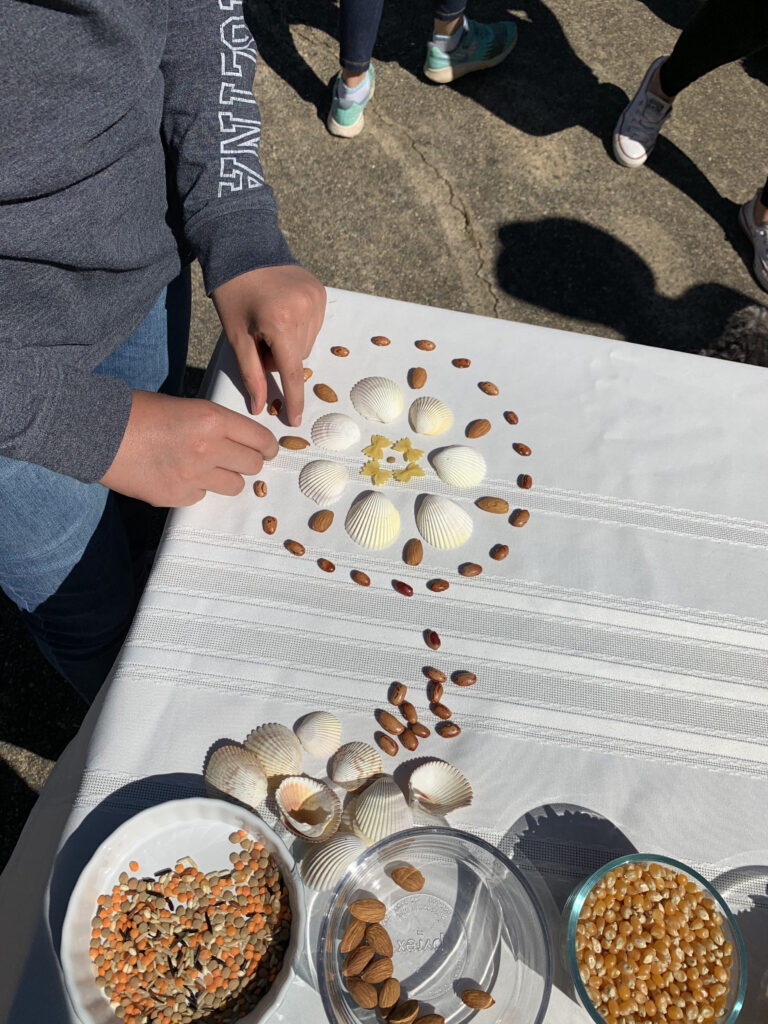Social Emotional Learning Primer


Doug and I spent the month of June delivering workshops on Social Emotional Learning in the Garden. The more I prepared for these workshops the more I realized how beneficial the garden can be to social and emotional development. I started by spending some time just figuring out what is meant by SEL.
According to the Collaborative for Academic,Social, and Emotional Learning (CASEL), social and emotional learning is the process through which all young people and adults acquire and apply the knowledge, skills, and attitudes to develop healthy identities, manage emotions and achieve personal and collective goals, feel and show empathy for others, establish and maintain supportive relationships, and make responsible and caring decisions.
Here is why I think the garden is a great place to learn and practice SEL competencies (Self Awareness, Self Management, Social Awareness, Relationship Skills, and Responsible Decision Making.)
- The garden provides a safe place for students. We know how important feeling safe is for a student’s success and general wellbeing. In a 2007 study of 3rd and 4th graders by Habib and Doherty, “Overwhelmingly students report that the school garden is a place where they feel, in their words, happy, relaxed, calm and safe.”
- The garden is a place of curiosity and wonder. In the garden, students are allowed more freedom to explore, and have more freedom of choice. This allows for self awareness and discovery, which is crucial for self management. The garden can also offer a productive place to release emotions such as anger and frustration through digging and caring for plants.

- The garden is a place where students can experience the natural consequences of their actions. Students can learn what happens when we forget to water the plants, or what happens if we allow the weeds to take over? Experiencing natural consequences can help students become responsible decision makers.
- The garden creates a space for natural collaboration, problem solving, and decision making. Often students must share garden space with other classmates or even another grade level. Communication and collaboration is needed to maintain the shared space. When problems arise, students must work together to solve the problem. This type of collaboration is born out of necessity and the students are invested in the outcome.
- When third to fifth grade students who participated in a one-year gardening program filled out a survey of life skills, they showed a significant increase in self-understanding, interpersonal relationship skills, and ability to work in groups compared to non-participating students (Robinson & Zajicek, 2005).
- Children who garden are more accepting of others who are different from themselves (Dyment & Bell, 2006).
- The garden creates a place for safe risk taking. In the garden students can take risks, for example, if they decide to plant tomatoes in January and they are not successful, it is seen as more of a learning experience than a failure. They learn what each crop needs to grow rather than feeling like a failure.
An easy way to incorporate SEL in the garden is to take a garden walk and observe the plants. What can they tell us by observing their body language?
- A wilted plant: my needs are not being met, I am thirsty.
- A sunflower that is bent over: I have a heavy burden, I might need some support.
- Raised beds, fences, pathways: boundaries are good, they help keep the plants safe.
With this foundational understanding, start considering what outdoor experiences might build SEL skills. In future issues of FRESH for the 2021-2022 school year, we’ll share at least one SEL activity each month that will engage your student.
- Categories: